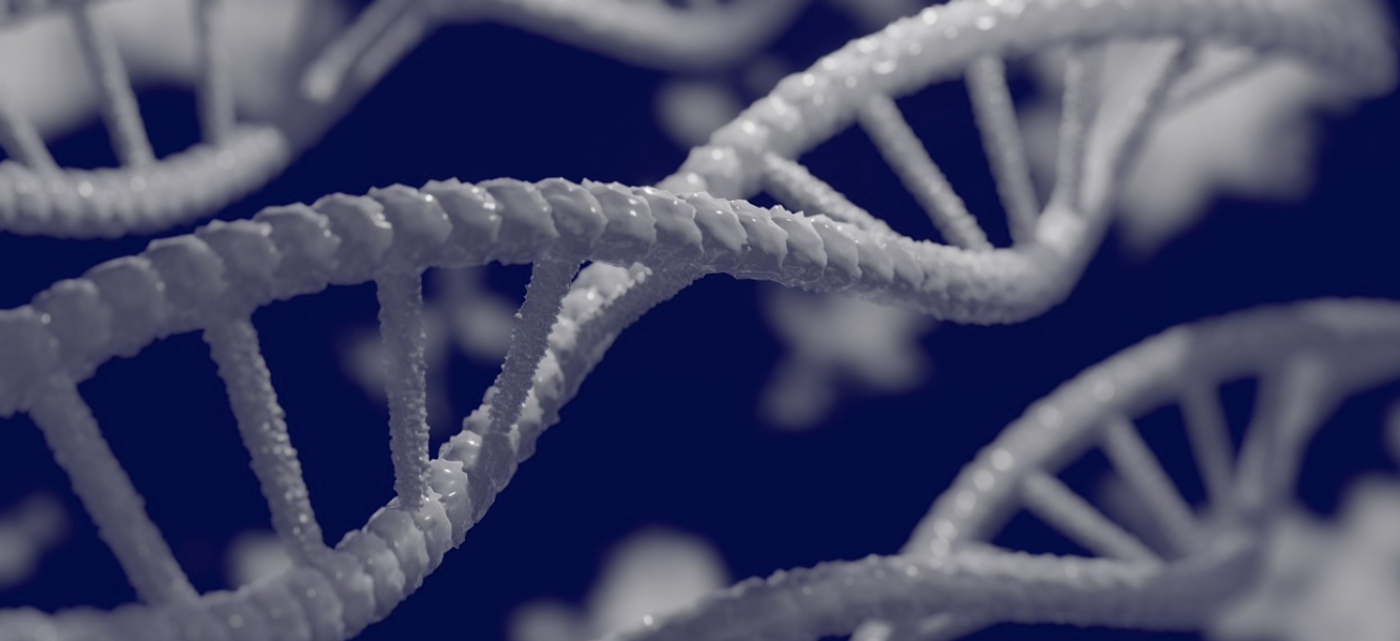Genetic Inversions Seem to be More Common Than We Knew
While most of us tend to carry the same general set of genes, within the billions of bases that make up the human genome, there is variation in the sequence from one person to another. Small differences in the genetic code can be harmless, but sometimes they can cause disease. Many disease-causing genetic mutations can be traced by to a nucleotide base or two that's incorrect, which might cause a protein to have the wrong amino acid in a certain position, for example. But as genetic sequencing technologies have advanced, researchers have been able to learn more about other types of genetic mutations, like gene duplications, deletions, or inversions.
Inversions are challenging for modern sequencing technologies to identify and decipher; there may not be any difference in the sequence, for example, the gene is simply flipped around. Inverted genetic sequences can be very long, and exceed the length of typical sequencing reads, so they may not be put into a context that reveals the inversion.
Scientists have now been able to overcome some of those challenges to show that inversions occur more frequently in the human genome than we knew, and they could have a significant, and underappreciated influence on human disease. When inversions occur, it can lead to genetic instability. The findings were reported in Cell.
This study showed that in humans, "inversions form at a much higher rate than previously thought," said Jan Korbel, EMBL Senior Scientist and Head of Data Science. "At least 0.6 percent of the genome repeatedly changes direction, making inversion one of the fastest mutational processes in humans." Since the direction of the genetic code is constantly switching, "the genome is not stable" in those locations.
In this study, the investigators assessed 40 inversions that recurrently form in DNA. Many crucial genes are found in these areas, which are also associated with some human diseases including developmental and psychiatric disorders. The genome 'flip-flops' in these areas, and these features are considered to exert far-reaching effects on the genome.
"Despite their importance, these regions have been very difficult to study before because of their complexity. Showing that these inversions indeed flip-flop back and forth required a new set of computational methods," said Tobias Marschall of the Heinrich Heine University Düsseldorf.
This research also indicated that inversions are linked to "rare genomic rearrangements found in pediatric autism, developmental delay, and epilepsy," said Evan Eichler of the University of Washington.
"We hypothesize that certain configurations at the flanks of the inversions either predispose or protect individuals and their offspring from disease-associated rearrangements." Clinicians may one day be able to identify people who are at risk by assessing these regions in patients.









